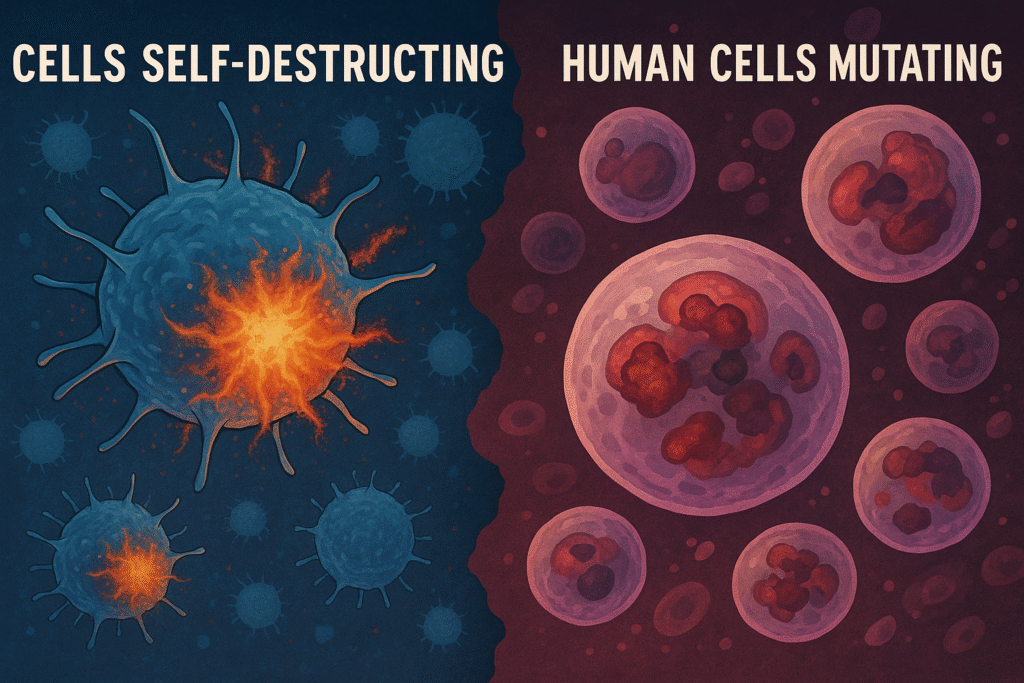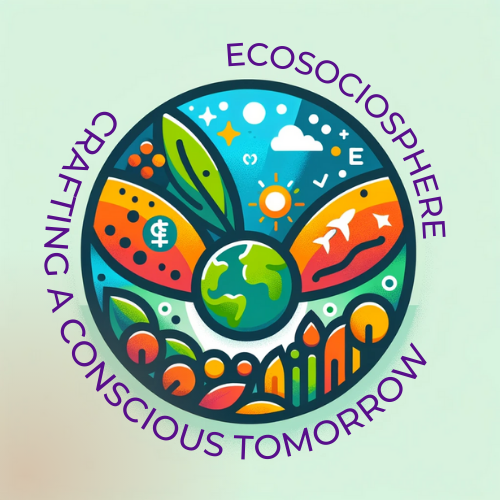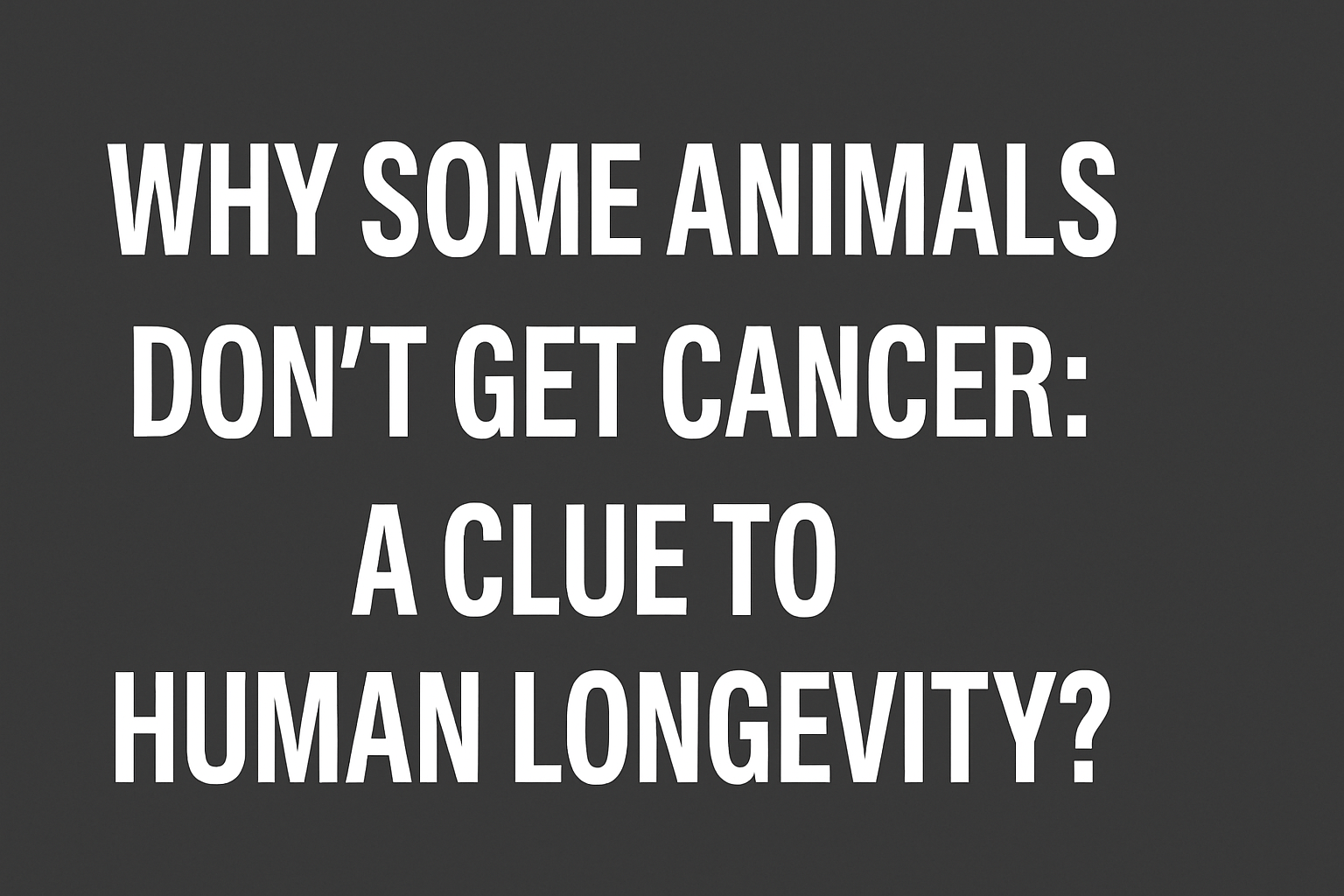Fun fact: Elephants, despite weighing up to 6,000 kilograms and having trillions more cells than humans, almost never get cancer.
Why do some animals seem to live longer, healthier lives than we do, almost thumbing their noses at cancer while humans spend billions fighting it? This paradox is at the heart of the question: Why don’t some animals get cancer—and could their secret hold the key to human longevity?
At first glance, cancer seems inevitable. More cells should mean more chances for mutations, and more mutations should mean more cancer. Yet reality refuses to play by those rules. Whales, elephants, and naked mole rats—each with radically different lifespans and sizes—have developed ways to resist the disease. If nature has already written the manual for cancer prevention, maybe it’s time we stopped reinventing the wheel and started learning from the masters.
The Puzzle of Peto’s Paradox
Back in the 1970s, epidemiologist Richard Peto noticed something odd. Cancer rates in animals didn’t line up with their size or lifespan. Mice, with short lives and small bodies, developed cancer at high rates. But whales, with colossal bodies and centuries-long lifespans, rarely got it. This contradiction is now famously known as Peto’s Paradox.
If whales and elephants don’t follow the rules, then perhaps they’ve evolved something humans desperately lack—natural anti-cancer defences baked into their biology.
Elephants: The Gene Hoarders
Take elephants. You’d expect them to be cancer factories: more mass, more cells, more risk. Yet elephants die of cancer far less often than humans. Why?
The answer lies in a gene we all have: TP53. In humans, TP53 is called the “guardian of the genome” because it prevents damaged cells from turning cancerous. But elephants have 20 copies of TP53, compared to our measly one. Think of it like having 20 security guards instead of one patrolling the cell’s DNA. When an elephant cell starts misbehaving, those guards don’t hesitate—they shut it down.
So, while human cells often try to repair damage before pulling the plug, elephant cells are ruthless: one whiff of trouble, and the cell self-destructs. It’s brutal, but it works.
Naked Mole Rats: The Wrinkled Superheroes
Now let’s talk about one of biology’s strangest little creatures: the naked mole rat. These odd-looking, wrinkled rodents live underground in East Africa and can live over 30 years—ten times longer than regular rats. Even more fascinating: they are nearly immune to cancer.
Scientists discovered that naked mole rats produce an unusual sugar molecule called high-molecular-mass hyaluronan (HMM-HA). This substance clogs up cells that try to grow out of control, essentially creating a cancer-proof barrier. It’s like bubble wrap for their tissues.
Researchers are now testing whether this molecule could one day be used in human therapies. Imagine rubbing “naked mole rat cream” on your skin to reduce cancer risk—it sounds absurd, but stranger things have entered the medical aisle.

Whales: The Ocean’s Mystery
Then there are whales, which can live for centuries without showing the kinds of cancer rates you’d expect. Bowhead whales, for instance, can live over 200 years.
Scientists suspect that whales’ DNA repair systems are far more efficient than ours. Their cells not only resist mutations but also repair them quickly. In other words, their genetic maintenance crew works overtime, patching damage before it turns into disease.
If humans could mimic this whale-like efficiency, our odds of living to 120 without chronic illness might not be such science fiction after all.
What This Means for Us
So, what do elephants, naked mole rats, and whales tell us about human longevity? That evolution has already solved the cancer problem many times over—we just didn’t get the winning ticket. But here’s the provocative question: should we borrow from nature to rewrite our own biology?
Biotech companies are already trying. For instance, Calico Life Sciences (a Google-backed company focused on aging research) is exploring how animal longevity can be applied to humans. Pharmaceutical giants are investigating TP53-based therapies, while labs are studying synthetic versions of hyaluronan from naked mole rats.
The hope isn’t just to cure cancer but to prevent it altogether. That could fundamentally shift human lifespans and redefine what aging means. But it also raises ethical questions. Should humans intervene in evolution? What happens when longevity becomes something you can buy—will it deepen the gap between rich and poor?
The Provocative Truth
Here’s a hard pill to swallow: cancer might not be “our” problem alone. It’s a failure of biology itself—a reminder that evolution cares only about reproduction, not whether you make it to 100. That’s why elephants and naked mole rats, which evolved in environments where longevity had survival value, invested in anti-cancer systems. Humans? Evolution gave us just enough to pass on our genes. The rest is up to us.
If we want to live longer, healthier lives, we’ll have to take lessons from animals that outsmarted cancer ages ago. The future of medicine might not come from test tubes alone—it might come from the zoo.
Conclusion
The story of animals that don’t get cancer is more than a curiosity. It’s a blueprint. Elephants with their gene armies, naked mole rats with their tissue armor, and whales with their genetic repair crews—all show us that longevity without cancer is possible.
The challenge now is whether humans can (or should) borrow those tricks for ourselves. The question isn’t just about curing disease—it’s about redefining what it means to be human in a world where living to 120 could be normal.
So, the next time you see a picture of a naked mole rat or watch a whale breach the ocean’s surface, remember: they might just be holding the secrets to our future.
Author’s Note
As someone fascinated by both biology and human ambition, I can’t help but feel that nature has already solved many of the problems we struggle with. The real challenge isn’t discovery—it’s humility. Are we open to learning from the very creatures we once considered lesser?
G.C., Ecosociosphere contributor.
References and Further Reading
- National Cancer Institute – Peto’s Paradox and Animal Cancer Resistance
- Nature – Naked Mole Rat and Cancer Resistance
- https://pmc.ncbi.nlm.nih.gov/articles/PMC9090915
- The naked mole rat
- https://www.cancerresearch.org/blog/supercharging-t-cells-to-fight-cancer-a-revolutionary-discovery
- https://pubmed.ncbi.nlm.nih.gov/23783513
- https://www.asbmb.org/asbmb-today/science/032623/thicker-glycocalyx-barrier-helps-cancer
- https://www.quora.com/What-are-some-interesting-facts-about-whales-that-are-often-forgotten-by-ordinary-people
- https://www.fightaging.org/archives/2023/06/bowhead-whales-exhibit-efficient-dna-repair
- Why do we want our genes to survive?




